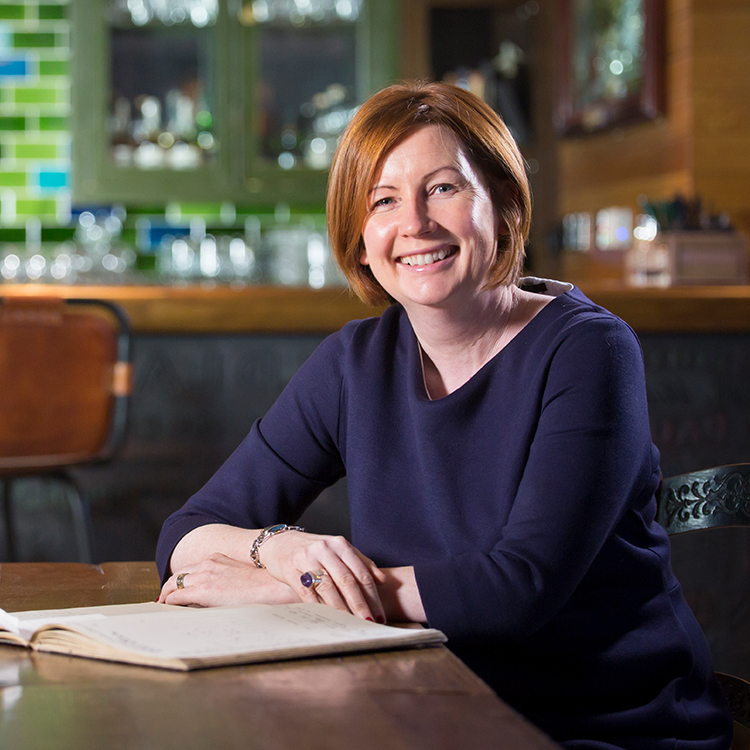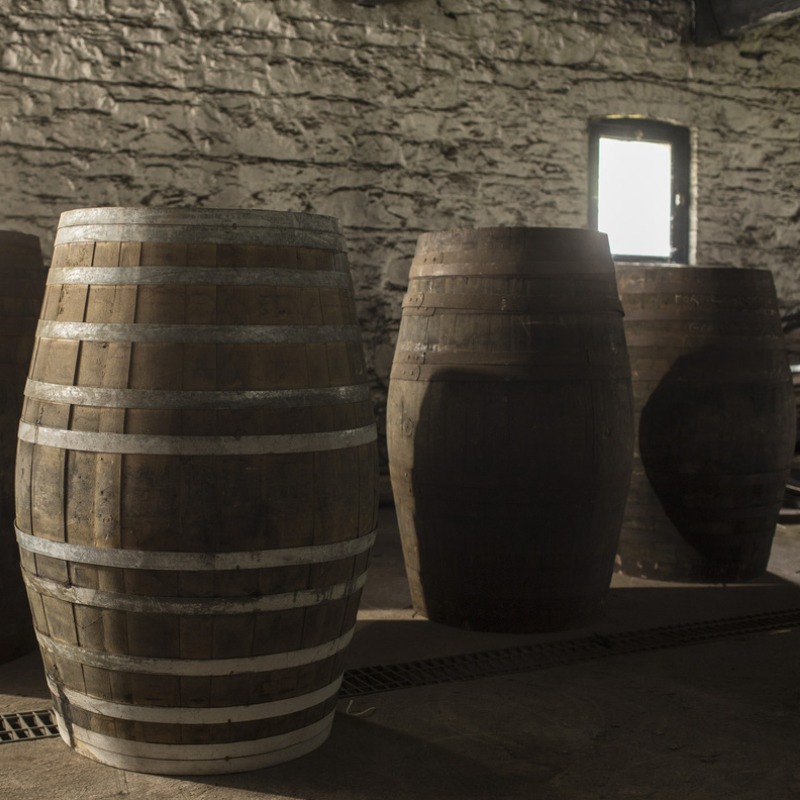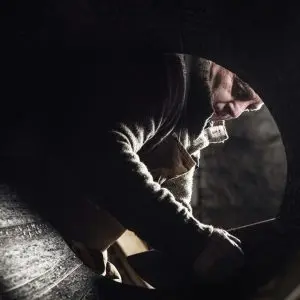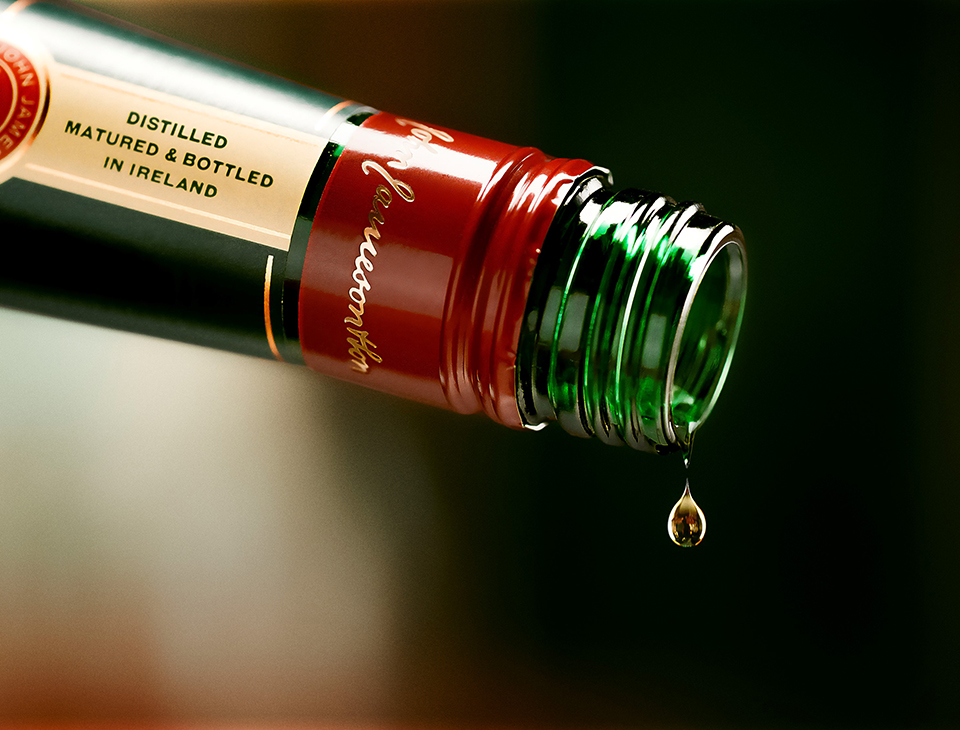
Take a Tipple Through Time
The History of Whiskey – Where Did Whiskey Originate?
Let’s take a journey through time. As the tale of Irish whiskey takes us to the 14th century. Where the term “whiskey” finds its origins in the Irish phrase “uisce beatha,” which translates to the water of life. Rather fitting, isn’t it?
But let’s rewind further. What country did whiskey actually originate in? How was whiskey invented? Turning back the hands of time, we dive deep into the history of whiskey and how this signature Irish drink came to be.
Where Was Whiskey Invented?
Although we declare that the Irish bestowed upon us the gift of whiskey, the facts of whiskey history tell a different tale. The truth is no one truly knows who holds the title of being the most probable explorers or discoverers of this captivating spirit.
It’s very probable that the origins are most likely in Asia, where alcohol stills were used for medicinal purposes. By the Middle Ages knowledge of this exciting process was slowly filtering through. One of the earliest references we have is in The Red Book of Ossory, a medieval manuscript written in Ireland in the 14th century. The Red Book derives its name from the colour of the leather binding, faded on the outside, but still visible inside the cover and it records, in Latin, the process of that sweet distillation process. An unlikely journey from medicinal remedy to spirited enlightenment.
One of the first recorded mention of Irish whiskey was in 1405 in a written description of Annals of Clonmacnoise, where the head of the clan died after taking a swig of the “aqua vita.” It should be noted that Irish whiskey was very different back then, having very little resemblance to the whiskey we know it today.
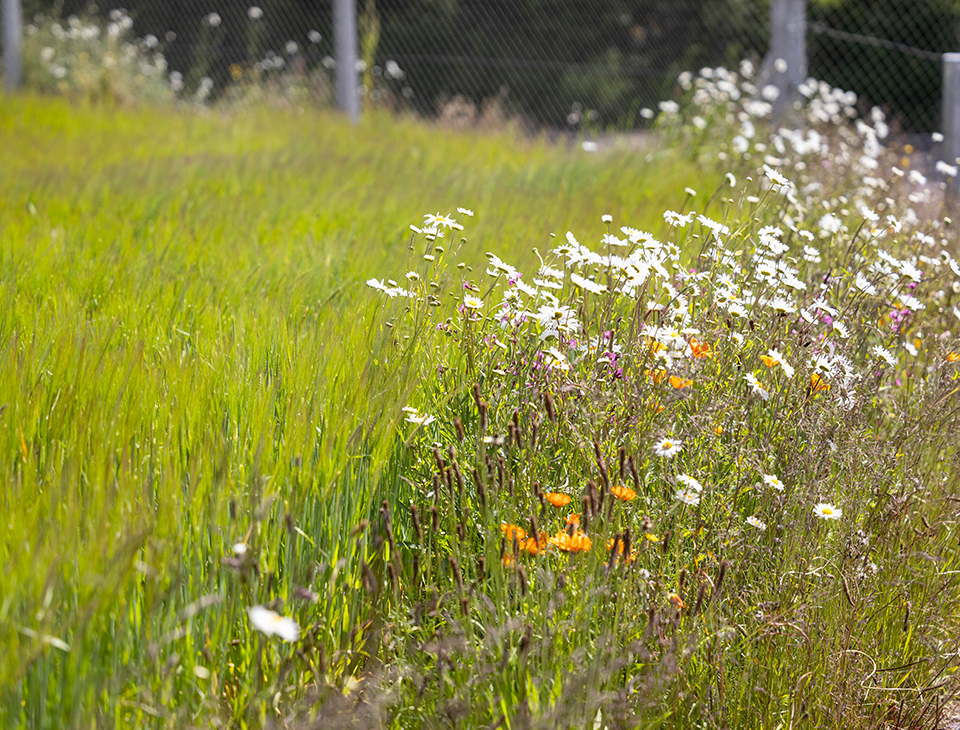
Whiskey Through The Years: A Timeline
The process of distillation is described in the Red Book of Ossory, written in Kilkenny in Ireland in the 14th century by the Bishop of Ossory, Richard Ledred. It contains a lengthy medical treatise on aqua vitae (Water of Life)that occupies three and a half closely written pages in Latin shorthand. The reasons for its inclusion in the register were medicinal, perhaps in some way linked to the Black Death that ravaged Kilkenny in 1348.
1405
Although the eternal riddle of whiskey’s true origin remains unsolved, we can draw up a rough timeline based on recorded events throughout Irish history. With the first mention of Irish whiskey in a description of Annals of Clonmacnoise in 1405.
1556
The English Parliament decided to make it illegal to sell whiskey without a license. Alas, with various Gaelic chiefs at war, most Irish whiskey distillers were selling their products illegally, with no care for the English laws or rules.
1661
The British Royal Family began taxing Irish whiskey, beginning some of the first “customs” or “excise” which many of us associate with Irish whiskey exports today. An Excise office was established for the first time in Dublin to ensure all taxes were paid.
1757
As Irish whiskey regulations stayed flimsy, recorded history does show that Matthew McManus and Peter Roe began legally making whiskey in 1757. John Jameson followed suit in 1780 as Irish whiskey popularity skyrocketed.
1759
Parliament passed an act that prohibited the creation of whiskey using any ingredient besides grain, malt, potatoes, or sugar.
1761
Until 1761, registration of the distillation of Irish whiskey was entirely voluntary.
1779
As agricultural practices and manufacturing took off, and more and more industrial mechanics were introduced, and by 1779, tax laws changed from charging the “excise” based on the volume of spirit to the stills used in production. For the first time the Law required all Distilleries to have a license. 1228 distilleries in Ireland were recorded, but it’s likely there were many more producing whiskey illegally or “underground.” Our records show that it was in this year, shortly after the need for distilleries to be licensed, that what became the Jameson Distillery at Bow Street was founded’.
1785
One of the most important dates in the history of Irish Whiskey. As a law was passed in Ireland putting duty on both the raw ingredient for whiskey, at that time malted barley, and the output the spirit. The Irish distillers were a canny lot and didn’t want to pay tax twice, so they came up with a new mashbill using unmalted barley as well as malted to reduce the tax bill.
The resulting whiskey had a signature creamy mouthfeel and Single Pot Still Irish Whiskey was born. Customers liked it so much that even after the Malt Tax was abolished, Single Pot Still continued to be made the same way, just as it is today with a mixture of malted and unmalted barley.
1814 Excise Act
The introduction of the first “customs” or “excise” made it illegal to have a still of less than 500 gallons. This was a great boost to John Jameson & Sons as it allowed them to seize the opportunity to invest and expand production. The Jameson family’s passion for high-quality standards meant that by the time Alfred Barnard visited in 1886 Jameson Irish Whiskey was already famous around the world, and the distillery had expanded to cover more than 5 acres of ground and was producing around 1 million gallons annually.
1822
However not all of the legitimate whiskey distilleries were able to cope with the new taxes, and by this time only 40 legal distilleries were left. And a year later, only 20 were still standing (including Jameson). At the same time, Irish whiskey appreciation was spreading far and wide, solidifying the cultural significance of Irish whiskey.
1825
A law was passed establishing for the first time Duty Free Warehouses. This meant that the Distiller didn’t have to pay tax on his whiskey as soon as it was produced, but rather only after it was sold and removed from the warehouse. This meant it was possible to leave the whiskey in casks in the warehouse to mature without being charged by the tax man!
Jameson Irish Whiskey History
John Jameson, our founder, was a serial entrepreneur and an adventurous spirit. What we know about him has been passed down to us by his descendants, who for generations ran the Bow Street Distillery which produced the whiskey that bore their name. They also passed down to us a magnificent pair of portraits by the renowned artist Sir Henry Raeburn of John and his wife Margaret which now hang the National Gallery of Ireland.
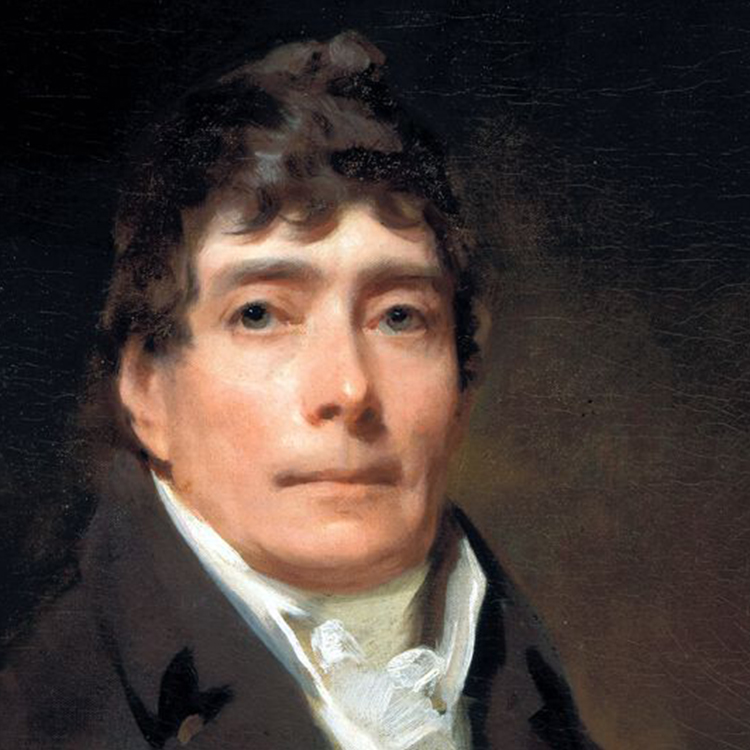
Family lore tells us John first invested in a Distillery in Bow Street in 1780, a site which was later built upon and expanded by his son John, who took over distilling there in 1805. The earliest mashbill (recipe) for Jameson we have is in his handwriting in a notebook written in 1826, almost 200 years old! In 1851 the firm began to resemble a more contemporary business, formally naming themselves John Jameson & Son. As the distillery and the fame of its whiskey grew so did the workforce at Bow Street. At its height 200 men would be employed there annually, and hundreds of families reared on their earnings. So important was this team of highly skilled helpers to the Jameson family that in 1927 they were immortalised in the figure of the iconic Jameson Barrelman, which still features on every bottle we produce.
From small, obscure origins, the vision and hard work of generations saw Jameson Irish Whiskey become in the 19th century a by word for quality and taste. That same spirt has seen it today becomes the worlds biggest selling Irish Whiskey. No one person has been responsible for that success, and it hasn’t always been an easy journey, but today the distilling team continues to be inspired and proud of our legacy and dedicated to continuing the success of the worlds most enjoyed Irish whiskey.
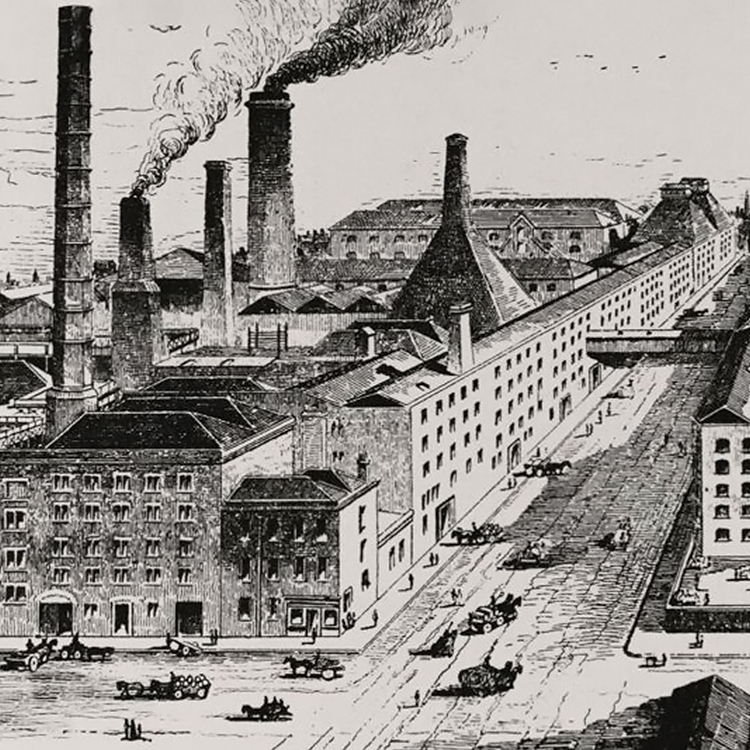
A Drop More
Whiskey Sour History
We all know and love the classic whiskey sour. But where does it come from? Well, we can thank the good ol’ Irish sailors for this one.
Crossing seas and oceans, sailors took an abundant amount of whiskey and lemons, limes, and oranges with them. Naturally, it only made sense to combine the two, giving way to the first whiskey sour and quenching a hard-working sailor’s thirst.
Ok, maybe this is a tall tale. It was actually rum. But you kow, never let the truth get in the way of a good story.
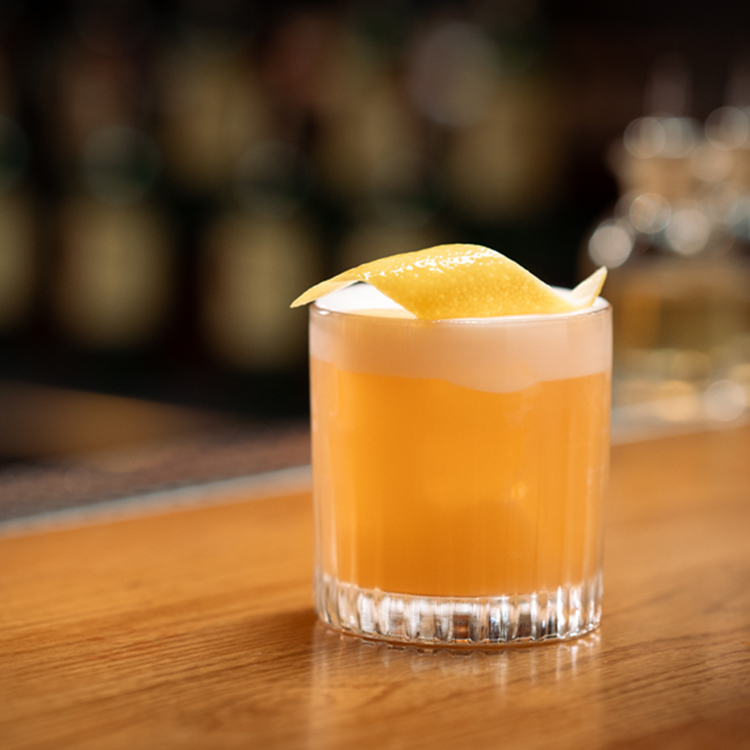
Who First Invented Whiskey?
We really don’t know who invented whiskey, but we wish we could shake their hand! Some people say it was the Moors, others that Irish Monks brought the secrets of distillation home with them from their travels. Were just glad that it happened! Distillation would have been originally invented to create medicines – a far cry from the gatherings and celebrations we hold with whiskey in the modern day.
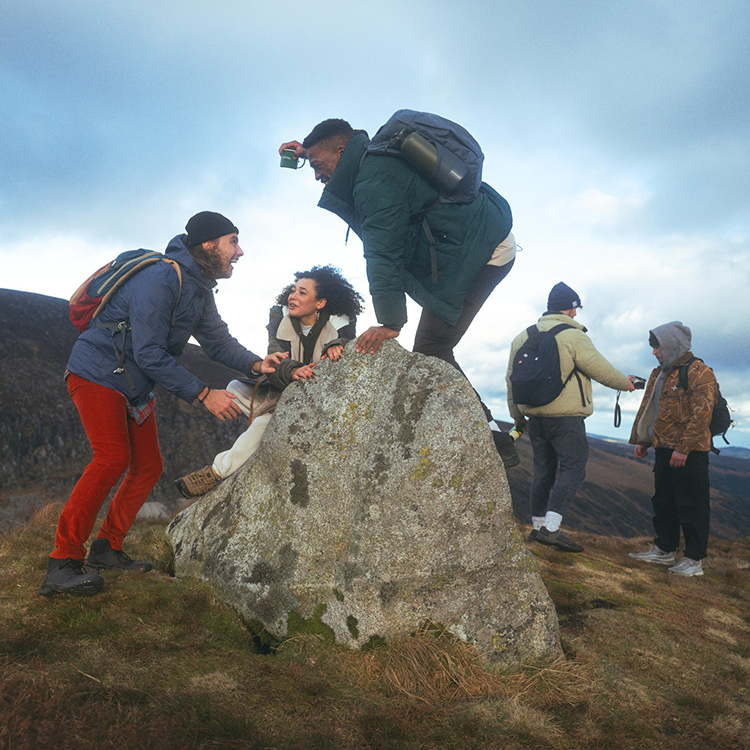
Did Whiskey Originate in Ireland or Scotland?
This is an argument that both an Irish lad and a Scot will debate for hours. The modern word ‘Whiskey’ comes form a corruption of the Irish phrase ‘Uisce Beatha’, meaning Water of Life. We rest our case.
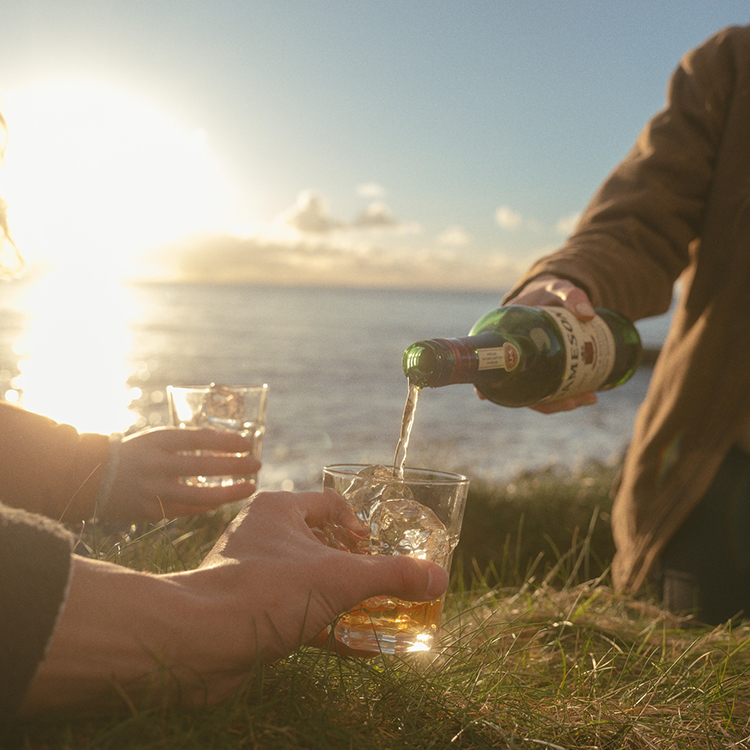
Why is Ireland Known for Whiskey?
Irish whiskey manufacturing is world-renowned. As one of the earliest creators of this distilled drink, we’ve been fine-tuning this art for hundreds of years. Have a sip of Jameson Irish Whiskey, and you’ll know exactly what we mean.
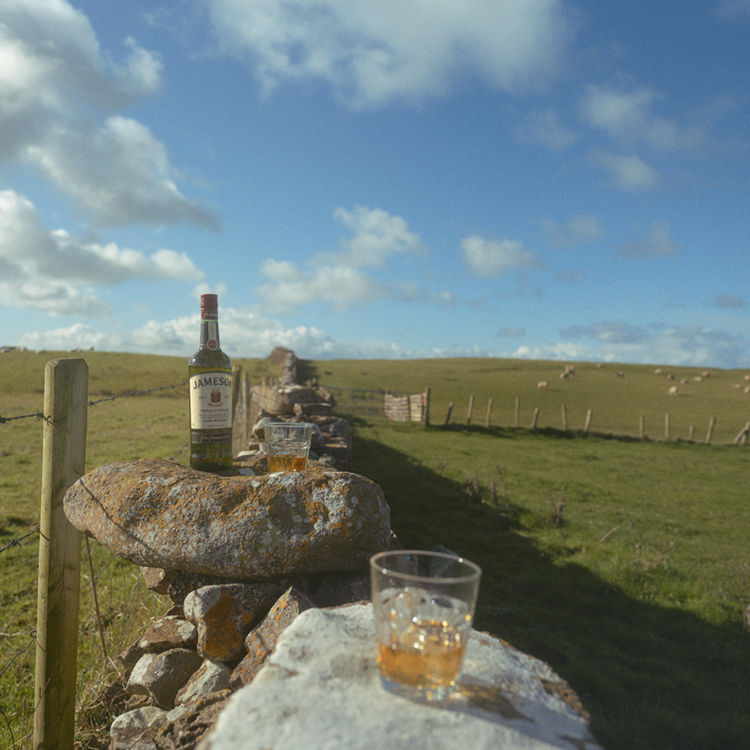
Why Do the Irish Spell Whiskey The Way They Do?
Back in the day we spelled Whiskey with or without an ‘e’, however by the 19th century the Dublin Distillers, including Jameson, wanted to distinguish their whiskey from what they saw an inferior brands and so decided to always use an ‘e’ in Whiskey to set it apart.
If all of the above has taken your fancy, we encourage you to learn more about the origin of whiskey and its rich history. Make a stop and take a tour of the Midleton Distillery Experiencee next time you’re in town. We’ll show you around and even offer you a sip of some of the finest Irish whiskey you can find.

Carol Quinn
Head of Archives at Irish Distillers
Years of expertise: 30
Qualifications: BA (History Archaeology); Postgrad – Archives Administration (UCD), Registered member of the Archives and Records Association UK & Ireland, former Chairman Archives and Records Association, Ireland ; two time Ministerial Appointment to the Irish National Archives Advisory Council (NAAC)
Learn more about Carol Quinn.
